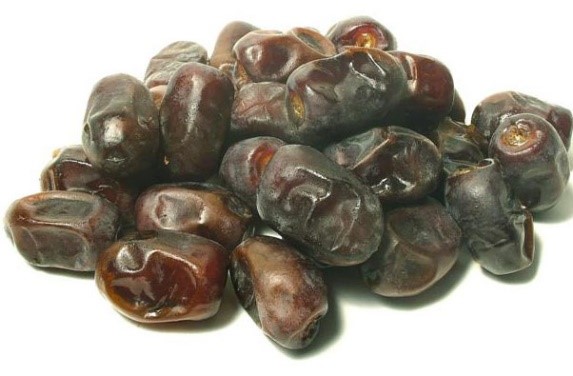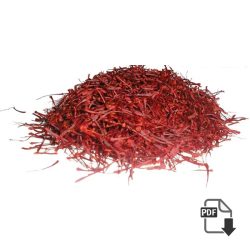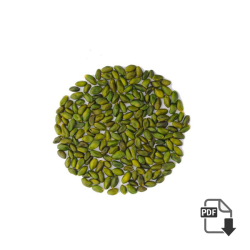Kashmiri and Iranian saffron comparison Kashmiri and Iranian saffron comparison : The main difference between Kashmiri and Iranian Saffron is that of the yield of Stigmas which is about 75%.The excess yield is due to the fact that the stigmas of saffron cultivated in Kashmir are extremely long and with a thick head. They are also of a deep red color. The size of the stigmas indicates the inherent suitability...
Chemical composition of saffron The main chemical components of saffron are responsible for its taste, aroma, and its color. Simplified crocin produces color, picrocrocin produces flavor and adrenal produces aroma.Chemical composition of saffron Please for more information or any inquiry click here …… Color The color of the saffron is a strong indication of the saffron's flavor. Color is due to the degradation or the breakdown of arytenoids, such as...
Negin Saffron: The Epitome of Saffron Excellence Unraveling the Splendor of Negin Saffron Step into the world of Negin saffron, where luxury, purity, and unparalleled quality converge to offer the finest saffron experience known to connoisseurs worldwide. The Essence of Negin 1. Origins and Cultivation of Negin Saffron Embark on a journey to discover the origins of Negin, cultivated in the sun-drenched fields of Iran's fertile landscapes, where centuries-old traditions...
Harvesting and using saffron Harvesting and Using Saffron: A Culinary Journey of Elegance and Flavor Unveiling the Elixir of Saffron: From Fields to Your Table Embark on a captivating journey into the world of saffron, where we unravel the art of harvesting and utilizing this precious spice. Join us as we explore the meticulous process of cultivating saffron and discover the culinary wonders it bestows upon your dishes. The Saffron...
How to plant saffron corms How to plant saffron corms : In areas where Saffron Crocus are reliably hardy—USDA Zone 6 through 8 in the South, 6 through 9 in the West—you should plant the corms as soon as you receive them. [caption id="attachment_16394" align="aligncenter" width="1140"] How to plant saffron corms[/caption] Saffron Crocus does best in full sun and well-drained soil that is moderately rich in organic matter. Ideally, the...
Growing and Harvesting Saffron Crocus Sativus Growing and Harvesting Saffron Crocus Sativus : Saffron is a delicious and colorful seasoning that is used in breads, desserts, and main dishes in many parts of the world, especially in Iran. Without it, an Indian curry or Spanish paella just wouldn't be the same. [caption id="attachment_16027" align="aligncenter" width="585"] Growing and Harvesting Saffron Crocus Sativus[/caption] The bright red-orange threads you get when you buy...
Where does saffron grow Saffron Doesn't Grow on Trees Where does saffron grow : Saffron is a spice known throughout the world, and history, for its unique flavor, color and aroma. It is the world's most precious spice, and with very good reason. Each Saffron filament is one red stigma from the flower of the Crocus Sativa plant, and there are only 3 stigmas per flower. These flowers must first...
Walnut Harvesting Water, nutrients, insects, and many other factors affect nut production. Typically, black walnut trees bear nuts no earlier than their twelfth year. Annual nut production increases as the crown widens and reaches its maximum at about 30 years. Annual nut production of each tree will fluctuate, but total production for a plantation is fairly consistent. The exact time to harvest depends upon factors such as markets, weather, your...
Thinning Walnut Thinning : Thinning reduces the stand so that growth is distributed to those trees you wish to keep for future products. Thinning should leave 25 to 30 trees per acre for nut production, and 75 to 100 trees per acre for lumber production. A thinning may be required two or more times during the life of the stand.Avoid thinning before trees reach a size at which they can...
--- walnut pruning practices --- walnut pruning practice : How intensively you manage the black walnut plantation depends on your objectives, time available, resources, and plantation size. Unlike site selection, management of black walnut is flexible, and many methods are available for managing the stand. Only basic methods are covered here. Thinning, pruning, and other...

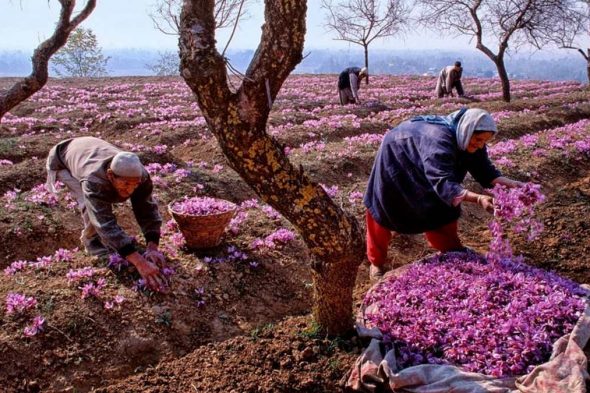
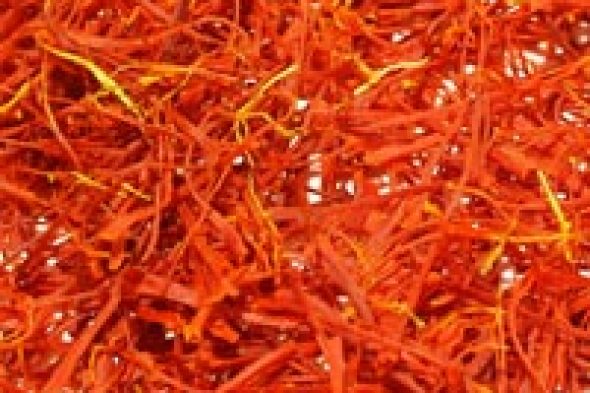
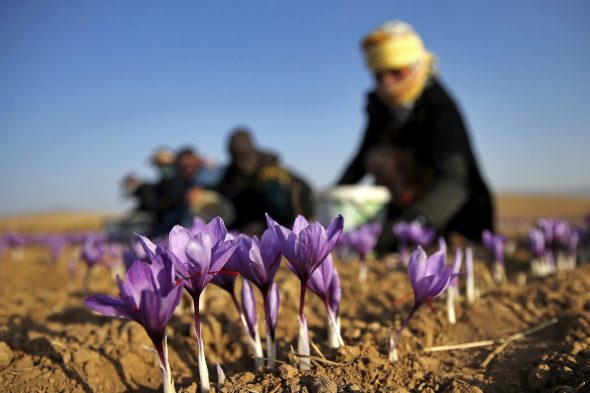
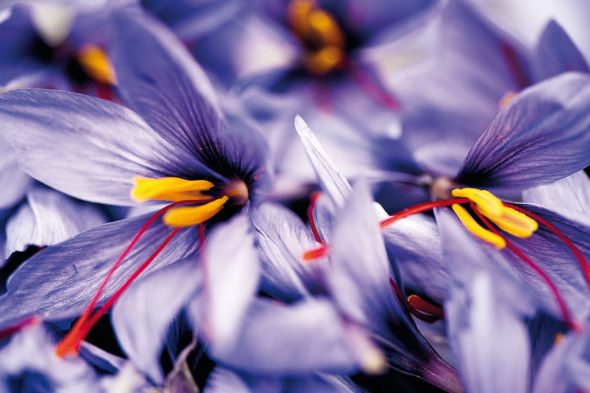

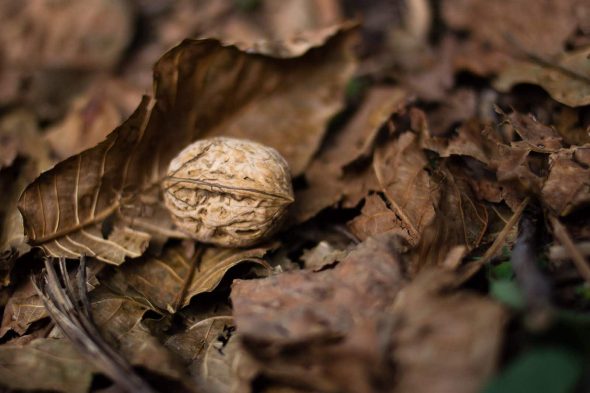
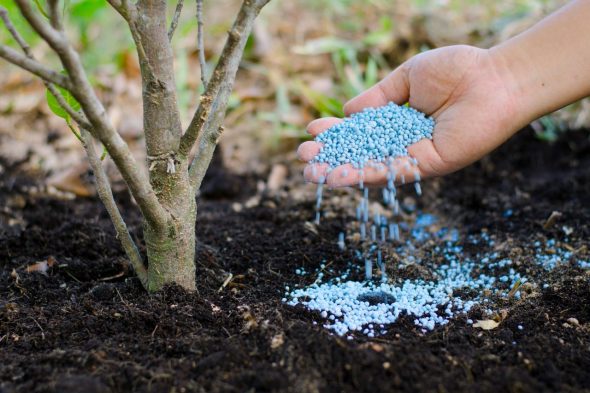
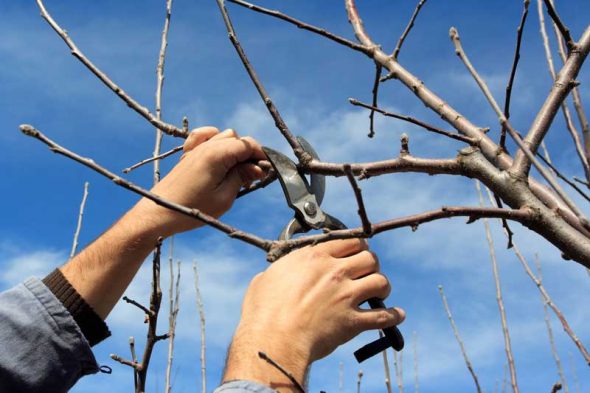
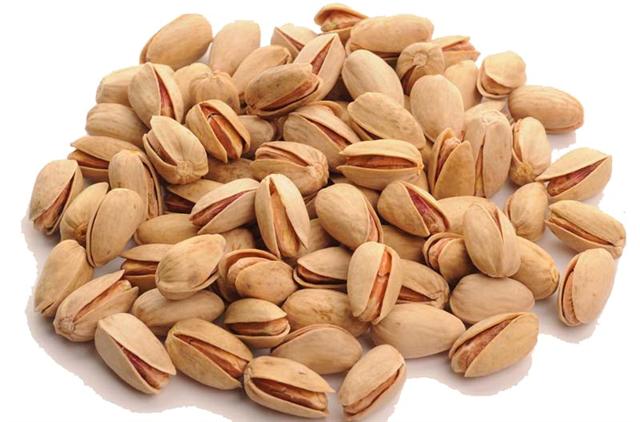
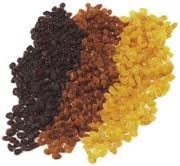 3 kind raisin
3 kind raisin 